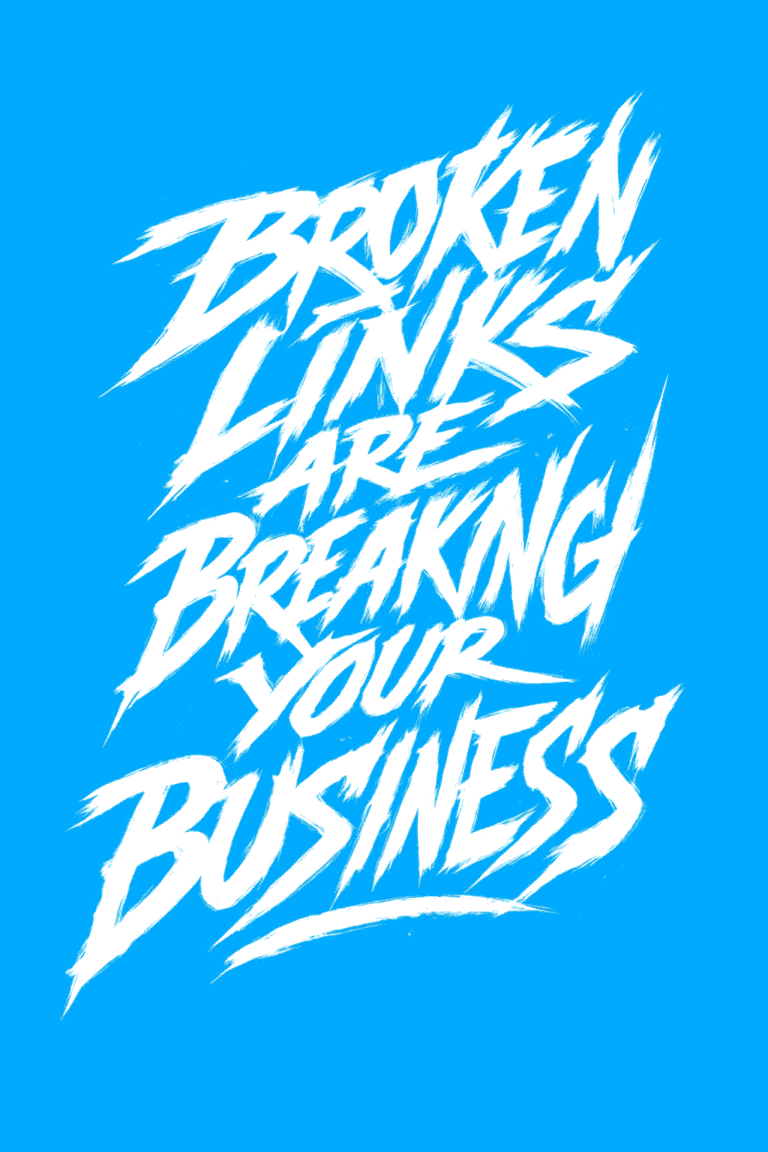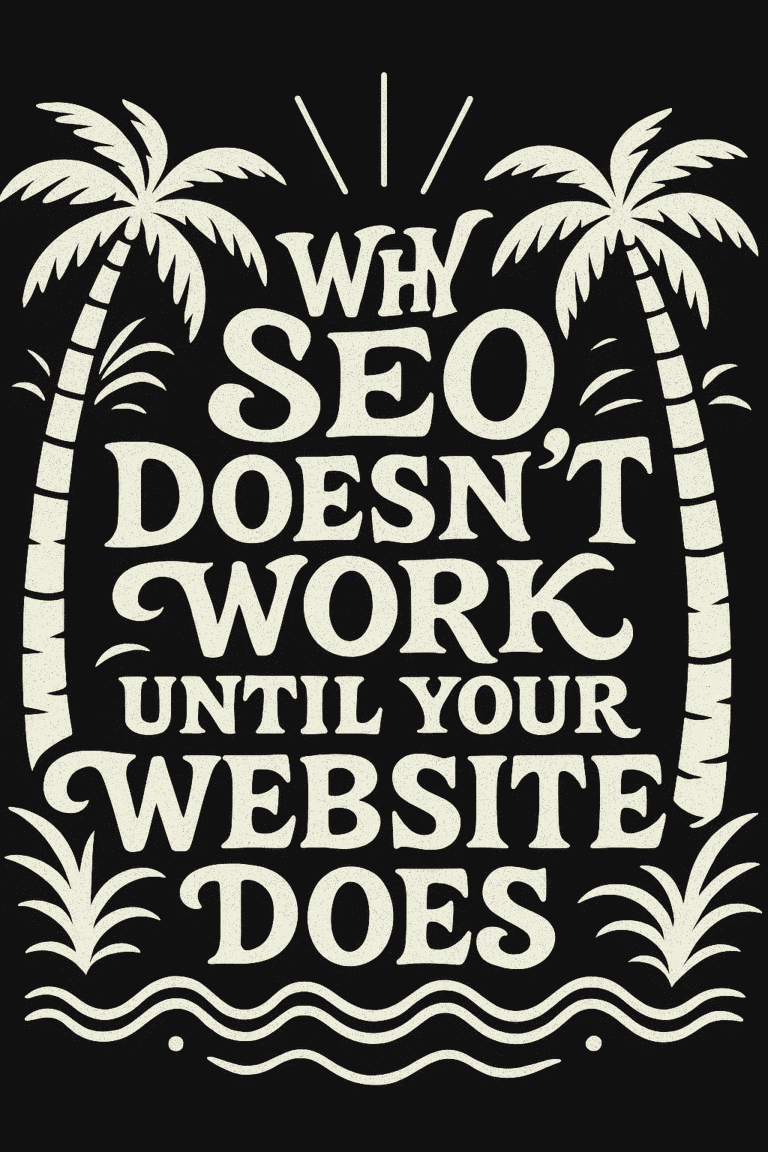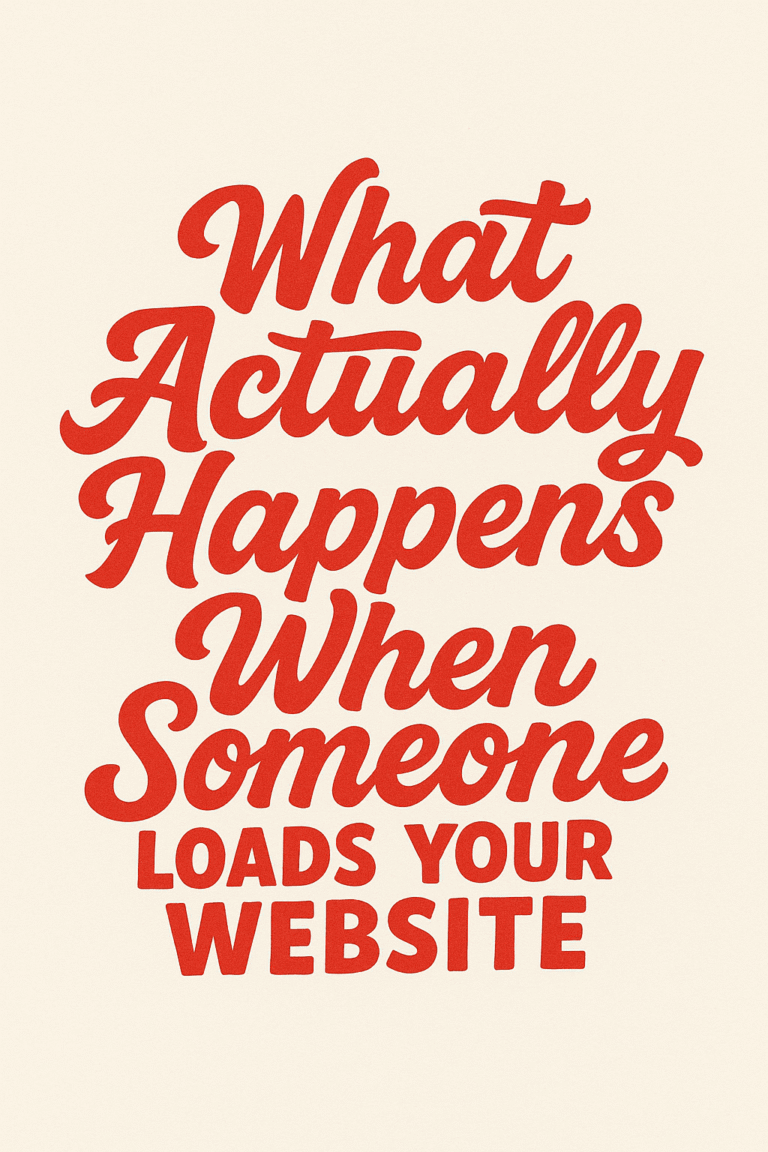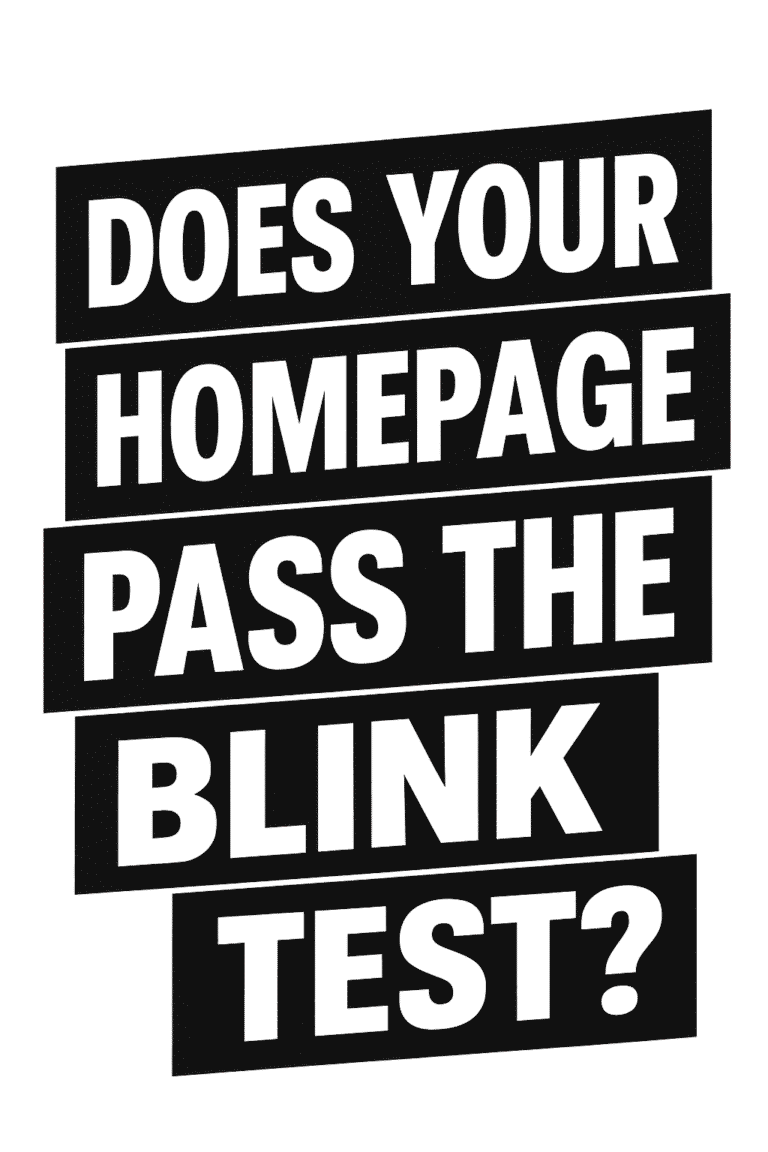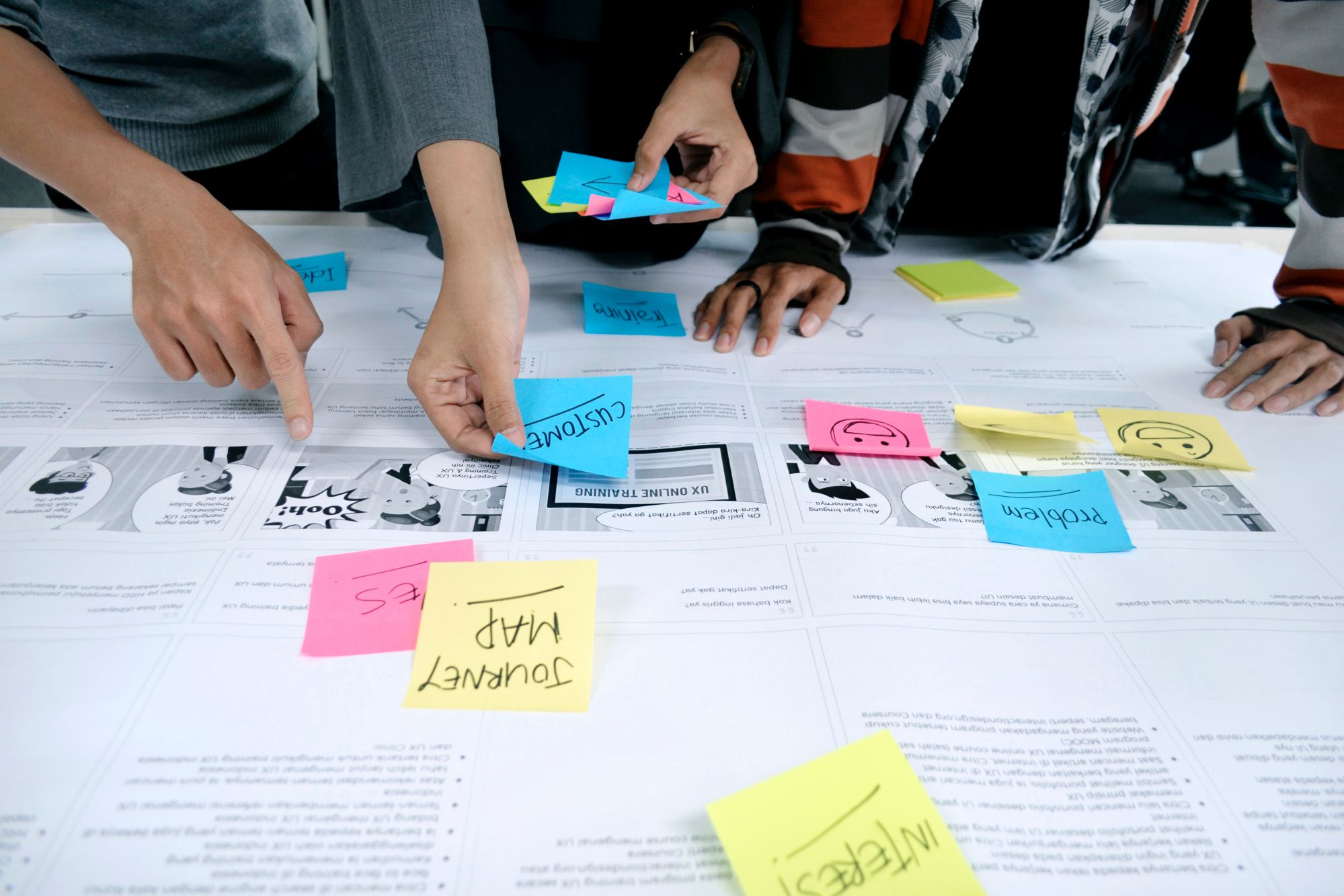
Designing a website is an important task for any company. A site that has been designed with the user in mind will be easier to navigate, have more intuitive navigation and have a better overall experience. Making sure your site is built from the ground up with these principles in mind will help you stand out among competitors and make it easier for users to find what they’re looking for quickly and efficiently. We’ll explore some of the basics of User Experience (UX) design today as well as provide examples of how good UX can impact your online success.
What is user experience design?
User Experience Design (UXD or UED) is a process used to determine and specify the interactions of a user with a product. It is about enhancing user satisfaction by improving the usability, accessibility, and pleasure provided in the interaction using methods that are both rigorous and user-centered.
Designing for user experience comprises figuring out every single way in which your user can come into contact with your site—everything from how quickly it loads, to how it responds when they try to scroll on their phone—and making sure each part works great. While this might seem like common sense, there’s more to it than you might think! We all subconsciously judge our experiences based on things like speed, responsiveness, ease of use, and user interface.
The user experience design process is an iterative cycle in which you are constantly trying to improve the user’s interactions with your website or application by testing it with real users. User-testing basically involves watching people try to use your website and listening to their feedback while they’re using it.
You can also do things like A/B test what happens when you change one element on the page (such as a call-to-action color). If there are two elements that produce similar results, choose the one that will make your user’s experience easier.
To visualize the complexity associated with designing user experiences, let me take a few sentences to introduce user experience from a user’s perspective. Now, think about the user experience that you have for your bank.
The user opens their web browser and types in the web address of their favorite bank site. It loads quickly because its well optimized and has been tested to work well on all browsers, including mobile. The user sees some new features on this page that weren’t there before, plus they see options for logging into their account with Google authentication. This is something they’ve wanted for a while, so they click “I agree” and select one of the two options for authentication (no need to revisit this later). They enter their username and password but are presented with an error message saying it’s incorrect even though they know they’re using the right credentials. The user tries again and an error message says that their email address needs to be validated, even though the user has logged into this account on this site before (and still remembers their password).
The user assumes they’ve made a mistake and goes back to double-check their username/password combination, but it turns out they typed it in correctly so they attempt to log in once more. Their bank gives them another error saying their password is incorrect for some reason, which the user finds strange because they know its correct. To send a reset request, they have to enter their mobile number even though that’s never been necessary before logging into this account. The user enters an incorrect number then types it in once more at which point they receive an error message saying they’ve entered the wrong number. All of this user’s information is available through their account, but to log in they have to enter their password (and validate with 2-factor authentication), verify their email address, reset their password if necessary, and then provide personal information that has never been required before logging into this user’s account.
This user’s bank has good user experience design practices. It loads quickly, it works on all devices with minimal lag time when scrolling, the buttons are responsive and large enough for fat fingers to press easily, and there are no redirects for validation emails or mobile numbers. Otherwise known as user friendly.
User Experience Design helps you distinguish yourself from competitors by providing a user with a user-friendly experience. When a user is looking for a product or service, they decide which site to buy from by evaluating the user experience. Some of the things that an individual user will consider when assessing their user experience include:
- How fast does this page load?
- Is it responsive on all devices?
- Are there any redirects, and if so how quickly do they happen?
- Do I have to enter information I’ve never been required to provide before logging in? or can I log in easily?
If your competitors’ user experiences are better than yours, you may lose customers regardless of how good your prices are! Designing a user interface is more complicated than just thinking about what color buttons to use, but user interface design is crucial. So, how do you go about creating user-friendly sites? Here are some steps to consider:
User interviews
Give one user (preferably not your mom) free reign of your site for 20 minutes. Ask them what they think throughout the process and take notes on their responses. After the user finishes exploring your site, ask them which parts were confusing or difficult to use, and make sure that they offer specific examples of why it was hard for them to use certain aspects of your website. You can also conduct user tests by recording user sessions via screencasting software like Silverback , which provides tools for uploading videos directly to YouTube after each session. This makes sharing high-quality user experience feedback with your teammates easier.
Design user flows
In many cases, user interface design isn’t the only part of user experience design. In fact, user experience is made up of three different components: user interface design, information architecture, and user research. Because user interface design falls under information architecture (the way in which a site’s content is organized) you’ll need to work closely with web designers and developers to solve these problems. To create good user flow for your site, you’ll want to conduct user interviews and user testing (both as described above), look at competitor websites’ user flows and use data from those competitors as well as research data from customers who have used similar products or services previously to out how your users will navigate through your user interface.
Design user interfaces
Once you’ve created user flows for your site, you can design each portion of the user interface by considering how users will navigate through the website while also considering which aspects need to be visible on all or most pages vs. which can be relegated to a dropdown, flyout menu item or other more hidden areas of the user interface. When designing user interfaces, you’ll want to keep in mind that certain elements aren’t necessary on all pages (e.g., A contact us page doesn’t need an address book). Make sure that any information is placed exactly where it makes sense for your user flow and your user base – don’t just move around elements willy-nilly! Furthermore, putting user interface elements in a way that is consistent with user expectations makes the user happy by letting them know what they can expect from your user interface.
Finally, don’t forget to consider how users will interact with your user interface. Use text and images to make any necessary information clear for new users, and use visual cues to indicate which links lead where throughout the site. For example, a link that says “learn more about our product” should have some kind of stylistic difference from a link that goes to “our contact information.” You’ll want to create strong contrasts using text or color so the user knows right away whether they’re on the page you intended them to be on!
In conclusion, creating user-friendly sites is not easy but user experience design can make user interface design much easier. By starting from ground zero with user interviews and user testing, you’ll be able to create a user interface that resonates with your user base. Once users know where everything is on your site, they will never again have to go back to find it!
User experience is more important than ever before. Whether you’re a marketing company, an online retailer, or some other organization with a website, it’s time to take your UI and UX seriously. User experience has become the key differentiator between successful brands on the web today–and those who are struggling to keep up. If you want help creating a stellar user-friendly design for your business but don’t know where to start, let us handle everything from A/B testing all of your site’s pages so that they convert better to helping you craft intuitive navigation systems so customers can find what they’re looking for quickly and easily. Let our team give your website the attention it deserves! Give us a call (360) 450-3711.

